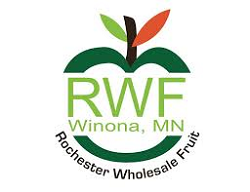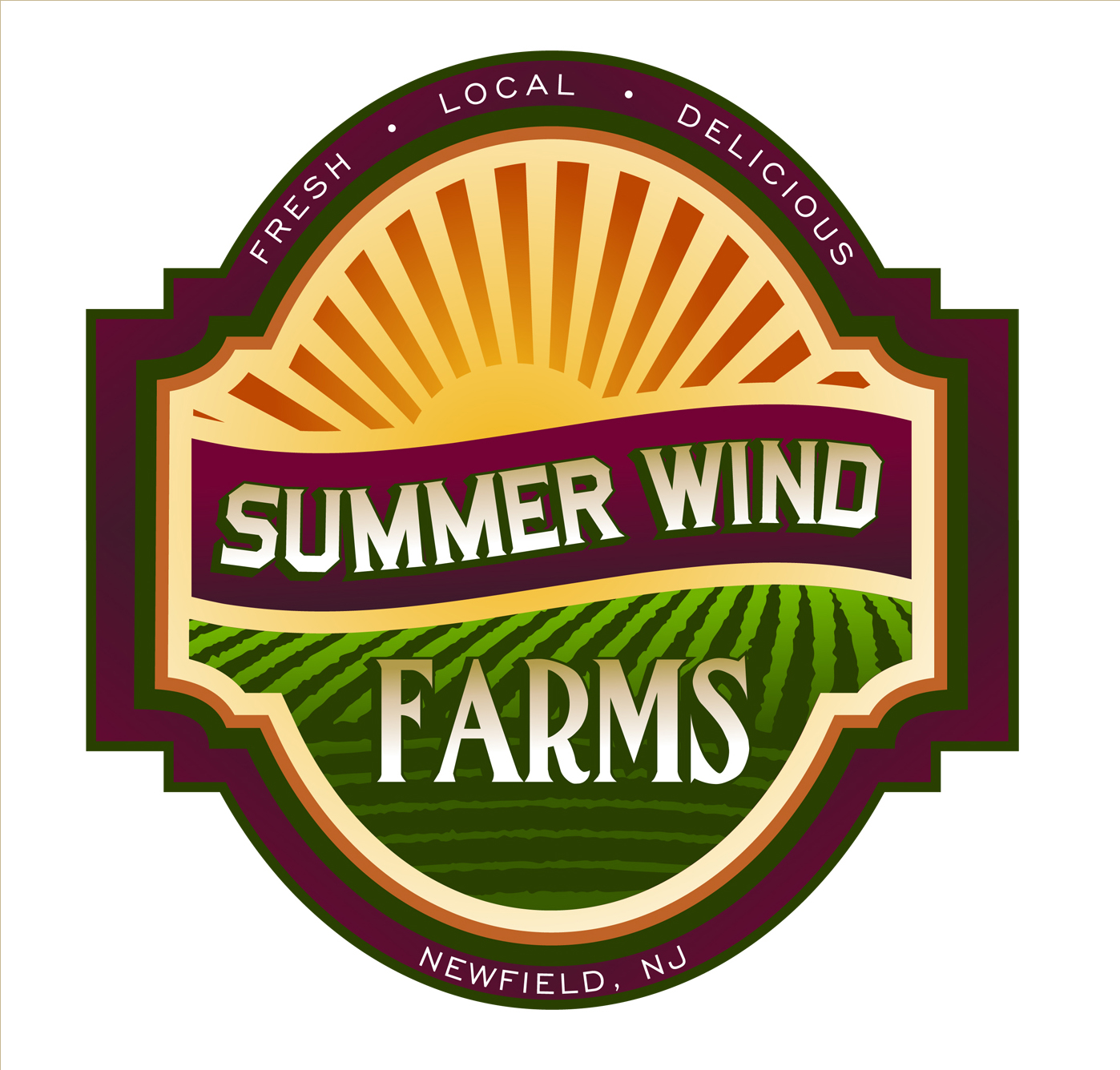How “with it” are we when it comes to general knowledge in the produce aisle?
It seems that every new wave of retail produce people seems inclined to believe in their own inner voice: We’re light years ahead of our predecessors. After all, we’re the information-at-our-fingertips, Google generation. No argument there.
All I know for certain is that the more I know, the more I know — I don’t know.
Take for example, the concept of “local” fresh produce. Growing up in the Colorado Front Range, that word never came up. Rather, we followed our company ABC campaign: always buy Colorado.
Starting in spring, we had nearby farmers who supplied us with leafy greens, asparagus, summer squash, green onions and radishes, and as the summer wore on the fare included melons, cabbage, corn, apples, peaches, tomatoes, hard squash, potatoes and onions that, with some storage supply, lasted deep into fall and winter. ABC.
Years later, “local” became the buzzword.
It was still the same produce. However, chains took to embracing the concept as marketing leverage to appease and appeal to customers who expressed growing interest in their food source. Local equaled good all right, for many reasons.
But the question eventually raised was this: What exactly defines local?
Bouncing back to our resident state acronym, that was the easy way of laying out the local perimeter. As in, local means in-state. However, a few “what-ifs” soon surfaced.
As in, one spring day I was traveling in Sacramento and saw “local” strawberries for sale in the chain I was shopping. Knowing that the berries originated from the San Diego County area at the time, I estimated it was a whopping 500 miles away. Same state, all right, but “local”?
If you stretch that same distance string eastward. it would originate two states away. Or suppose if one state closely borders another, does that nearby produce negate the same “local” status?
Still think these parameters define local?
I’ve talked to several of my produce peeps over the years, trying to gauge their opinion. One popular alternative I heard gave the “local” definition as a set number of miles. As in, “We define local as under 175 (or 200, 250, etc.) miles away. So yeah, there’s lots of different answers to choose from using mileage as a gauge. No two people agreed on the same distance.
I’ve never been a big fan of pushing the “local” message too loud. Mostly, as I’ve tried to point out in this space, that the word means different things to different people. In short, “local” is an ambiguous term. And yet, here we are decades later, still flexing that word, still posting signs and marketing posters, still shouting it out in ads.
It does have appeal — but again, what exactly defines local?
It’s kind of like the classic produce, chicken-or-egg circular argument, or contemplating what separates fruits from vegetables. As fun as the conversation is, it doesn’t reveal a clear answer.
I’m sure I’m not the first to suggest this, but I think the answer isn’t so much to push the “local” moniker with too much force. Instead, perhaps point out what makes a fresh produce item special, be it the seasonality, nutrition values, the Brix level, the maturity, the grower’s story or the freshness and quality. Whatever aspect may appeal to customers.
Most of the time, pointing out that an item is high quality and from a reputable source is enough and helps sell the goods.
But if you’re still so compelled, you can still sign displays accordingly and tell customers where the produce is grown. They’ll decide if it’s local enough for them.
Armand Lobato works for the Idaho Potato Commission. His more than 50 years of experience in the produce business span a range of foodservice and retail positions.














